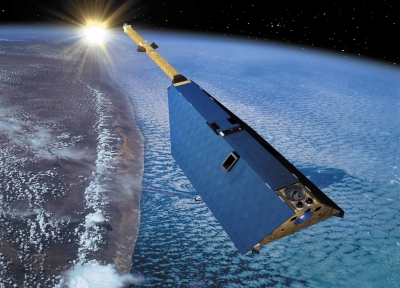
Coral reefs are the rain forests of the ocean, home to staggering levels of biodiversity. And they are struggling, threatened by overfishing, warming oceans, and habitat loss. Monitoring the often remote ecosystems is logistically difficult.
A new study is exploring the possibility of tracking reef health from the air using the size of coral reef halos: circles of grazed algae that surround reefs small and large. But untangling the ecology of these halos is proving more complicated than anyone expected.
Grazing halos are areas of bare sand surrounding coral reefs that are created by herbivorous fish eating algae and sea grass. In some places, halos stretch over 100 meters across, whereas in others, they are less than 10 meters in diameter, with the size of the halo thought to represent the farthest distance that grazing fish and invertebrates venture out from the relative safety of the reef.
“Everybody has assumed that the size of the halos was determined by predator-prey relationships,” Madin says.
In protected marine reserves with higher populations of large predators, smaller halos would make sense because the risk of predation is much higher closer to the reef than in areas with fewer predators.
“That was our working hypothesis,” she says, “but it turns out that halo size is not as straightforward as we thought.”
Credit : EOS
Picture Credit : Google




